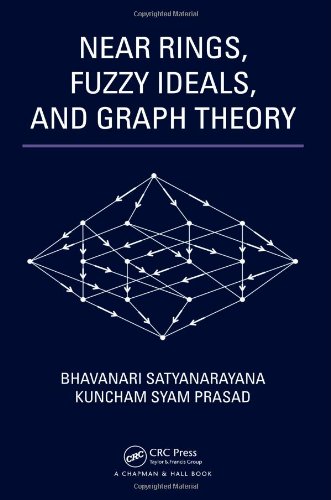

Most ebook files are in PDF format, so you can easily read them using various software such as Foxit Reader or directly on the Google Chrome browser.
Some ebook files are released by publishers in other formats such as .awz, .mobi, .epub, .fb2, etc. You may need to install specific software to read these formats on mobile/PC, such as Calibre.
Please read the tutorial at this link. https://ebooknice.com/page/post?id=faq
We offer FREE conversion to the popular formats you request; however, this may take some time. Therefore, right after payment, please email us, and we will try to provide the service as quickly as possible.
For some exceptional file formats or broken links (if any), please refrain from opening any disputes. Instead, email us first, and we will try to assist within a maximum of 6 hours.
EbookNice Team

Status:
Available0.0
0 reviewsNear Rings, Fuzzy Ideals, and Graph Theory explores the relationship between near rings and fuzzy sets and between near rings and graph theory. It covers topics from recent literature along with several characterizations.
After introducing all of the necessary fundamentals of algebraic systems, the book presents the essentials of near rings theory, relevant examples, notations, and simple theorems. It then describes the prime ideal concept in near rings, takes a rigorous approach to the dimension theory of N-groups, gives some detailed proofs of matrix near rings, and discusses the gamma near ring, which is a generalization of both gamma rings and near rings. The authors also provide an introduction to fuzzy algebraic systems, particularly the fuzzy ideals of near rings and gamma near rings. The final chapter explains important concepts in graph theory, including directed hypercubes, dimension, prime graphs, and graphs with respect to ideals in near rings.
Near ring theory has many applications in areas as diverse as digital computing, sequential mechanics, automata theory, graph theory, and combinatorics. Suitable for researchers and graduate students, this book provides readers with an understanding of near ring theory and its connection to fuzzy ideals and graph theory.